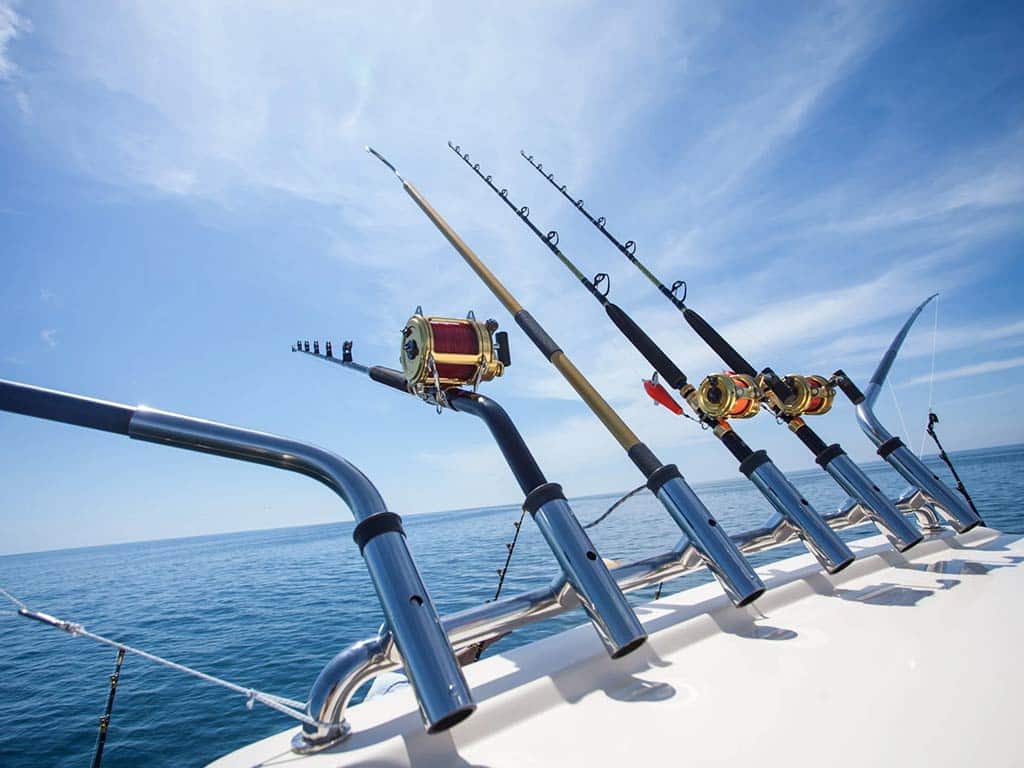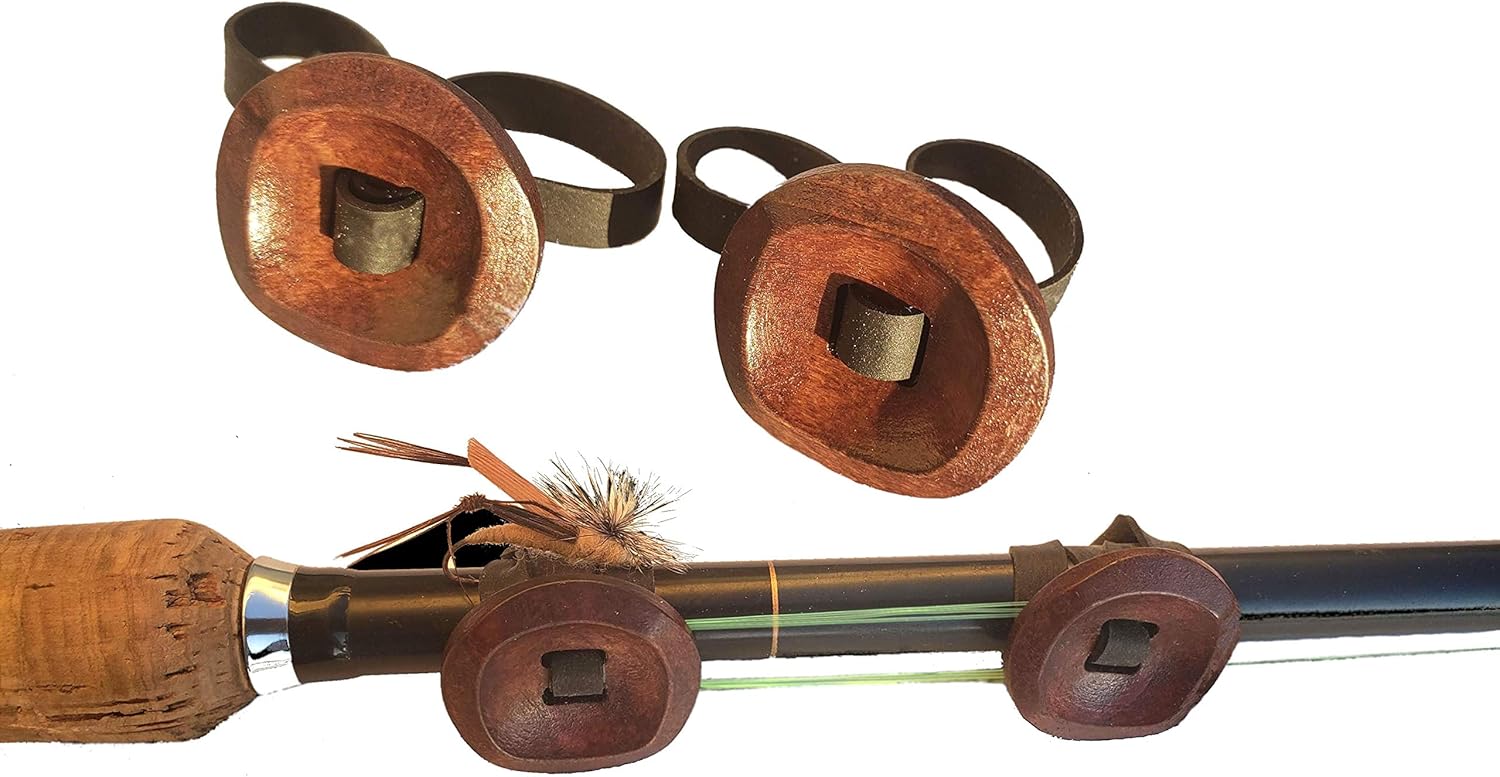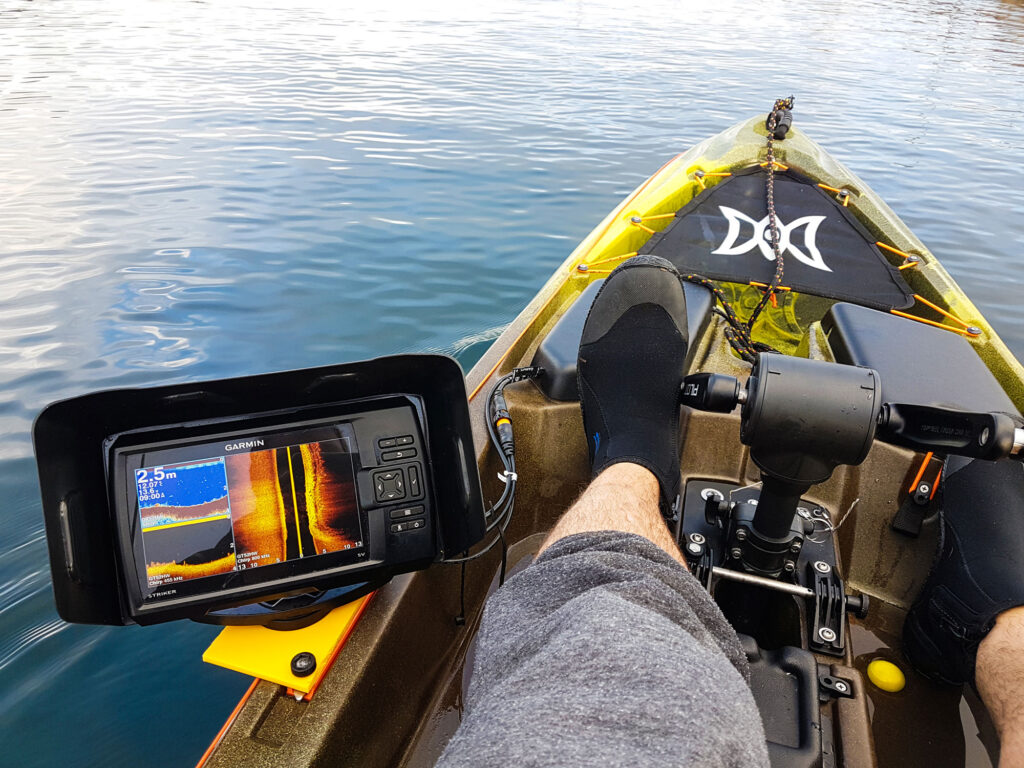Table of Contents
This guide aims to teach you the skills of fishing. It covers both the soothing nature of fly fishing and the thrill of trolling. Whether you’re a seasoned fisherman or a curious beginner, these basic techniques can help you enjoy fishing near the water. On this note, let’s look at different fishing techniques.
Natural Bait Fishing

Natural bait fishing, or live bait fishing, is an ancient method. It uses aquatic creatures from non-fishery regions as bait to catch fish. Anglers often fish using earthworms, minnows, frogs, and insects as bait to attract their prey. The natural bait’s realism includes its movement, scent, and texture. These things powerfully attract fish. So, it’s a highly effective method for many situations, whether you’re casting into a deep lake or a flowing river.
Knowing the diet pattern of your desired prey is very important during natural bait angling. Using the right bait, presented accurately, can greatly improve your chances of a thrilling catch. This method requires a lot of patience and subtlety as the bait is sometimes presented to the fish without noticing at all first. The experienced fisherman knows that to keep the bait fresh, it must be kept on its toes. The fish are interested in it, and it promises a good catch.
Artificial Lure Fishing

Artificial lures are various imitations of natural bait made by man that reproduce the form, movement, and behavior of the prey. This is a popular fishing technique. It involves casting a lure and moving it to make it look like a struggling fish. This attracts predator fish that will then hit it. It is an excellent and flexible method with a wide variety of options such as different forms of lures, sizes, colors, and movement. Anglers can use many lures to catch predatory fish in different environments. Options include crankbaits, fishing spinners, jigs, soft plastics, and topwater baits.
Artificial lure fishing requires skill and technique. The angler must use various methods to imitate movement and trick the fish into biting. It has a notable trial-and-error aspect. Some lures work better in certain conditions for certain fish species. In this regard, fishing with an artificial lure is a highly rewarding method that gives a tremendous pleasure of success when fooling a fish. It’s a much-needed fly fishing gear that you need to have in your fishing arsenal.
Fly Fishing

Fly fishing is a type of angling. It uses a light fly fishing rod to imitate the shape of insects, small fish, or other prey that lie on the water. It is a unique, advanced fishing method. It requires precise casts, a delicate presentation, and keen observation skills. Fly fishing can be done in freshwater and saltwater, and it is prevalent when you go after trout, salmon, bass, and tarpon among other species.
On fly fishing, anglers use fly rods, reels, and lighter lines, as well as a large number of flies with different materials and patterns. The angler should cast a fly on the water. Their technique must be delicate to make it look like a natural insect. Once on the water, the angler should use fly manipulation. Techniques like stripping and twitching can mimic live bait and attract fish.
Fly fishing techniques are not just about catching fish. It’s also about experiencing nature and enjoying your surroundings. A popular technique among fly anglers is catch-and-release. It means releasing fish after catching them to preserve the ecosystem. This encompasses another conservation and sustainability angle to this method of fishing. To sum it up, fly fishing requires patience, skill, and enjoyment of the fishing sport as a kind of art.
Power Fishing

Power fishing is the opposite of fly fishing in terms of aggression and speed. It uses a fast, far-reaching method. It conflicts with the slow, steady approach of using flies. This is for shooting miles of water while fishing. It increases the chances of encountering fish that bite on an instinct-triggering lure.
This method often works best for targeting aggressive fish like bass, pike, and muskie. Unlike normal fishing, anglers use heavier gear. They use sturdy fishing rods and strong lines. This can throw heavy lures that cover a wide range of depths and terrain.
The power fisherman’s main tools are crankbaits, spinnerbaits, swimbaits, and buzz baits. These lures cast far and are quickly retrieved. Vast fishing is a good way for anglers to find fish in large areas. It helps them to fish the whole area, systematically.
Different approaches can range from steady assists to jittery stops and jumps to look like wounded or fleeing prey. Power fishing also has nuances and complexities. They challenge and reward anglers who love dynamic, fun fishing.
Finesse Fishing

Light tackle finesse fishing is very different from power fishing. Power fishing is aggressive and often used during slow times or when fish are pressured. This strategy relies on the finesse and the accuracy of treating the fish as a cautious target using smaller lighter lures and tackle. To master finesse fishing, one needs fine tactics and sensitivity. They must detect tiny nibbles and know when to hook.
Frequently, these techniques are connected to the conditions of clear waters where fish can easily be spooked. Drop-shot rigs, light jigs, and small soft plastics mimic prey. They move gently and lifelike. They are the finesse approaches in fishing.
Also, an angler must refine their gear. They need patience and a deep knowledge of fish behavior. Anglers must interpret underwater structures, like boulder piles, weed lines, and drop-offs. These are common hiding spots for fish.
The finesse mission says that, sometimes, less is more. A low-key, patient strategy can beat a noisy, aggressive one if the conditions are right. Only firm control of the hands and strategic thinking separate a successful finesse fisherman from an ordinary one. In the fishing world, power and finesse are comparable.
Trolling

Trolling is a fishing technique. It uses a do-or-die strategy. Anglers cover a large water area with a moving lure or bait to catch fish. There are times when this technique is linked to fishing for larger pelagic species that are found in open waters, like tuna, marlin, and mackerel.
The idea is to set up multiple cast lines at different depths and distances. Each line should be rigged with lures or live baitfish. Then, move the boat to mimic the natural movements of prey.
Successful trolling depends on two main factors. The angler must adapt to different floods. He must also skillfully operate the boat at high speed. He must also place each line accurately to boost the bait’s performance. A thorough understanding of the water system, the weather, and fish behavior is critical. They guide decisions on lure selection, color, and presentation.
Trolling requires keen watching and quick action. A slight change in water color, temperature, or baitfish location could mean a needed change to improve the chances of a strike.
Jigging

Jigging is a form of fishing that is based on the vertical motion of a fish lure (a jig) that has weights that simulate an injured baitfish. This method works well in deep waters. It targets species that stay near the seabed, especially red snapper, grouper, and halibut. Jigging, used by anglers, requires finesse. It involves lifting and dropping the jig. This movement triggers predatory fish, searching for an easy meal.
Jigging success depends on the angler’s reaction and their ability to feel the minimal bites. Only experience can notice them. Traditionally, this method uses a spinning rod and a high-quality line. It tires fish with hooks that set immediately.
Also, your jig’s color and size are very important. They should imitate local prey, given the different light and water conditions. Fishermen must constantly check if the jig has risen or fallen. They need to know the depth and the shape of the bottom and shore. They must adjust their technique and pace based on this and the fish’s activity.
Wrapping up!
To sum up, all the above-mentioned fishing methods entail the mixture of skill, patience, and the correct equipment to be a successful one. Each technique has its pros and cons. So, they are all equally loved by baiting fans worldwide. Whether you are the passive fisherman who likes to bait fish or the more active fisherman of trolling, and jigging, there is no “one way” to fish. Instead, it’s more important to keep on trying until you get what works best for you in different conditions and locations.










